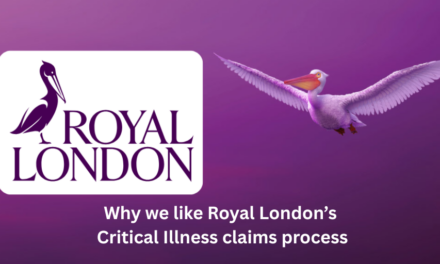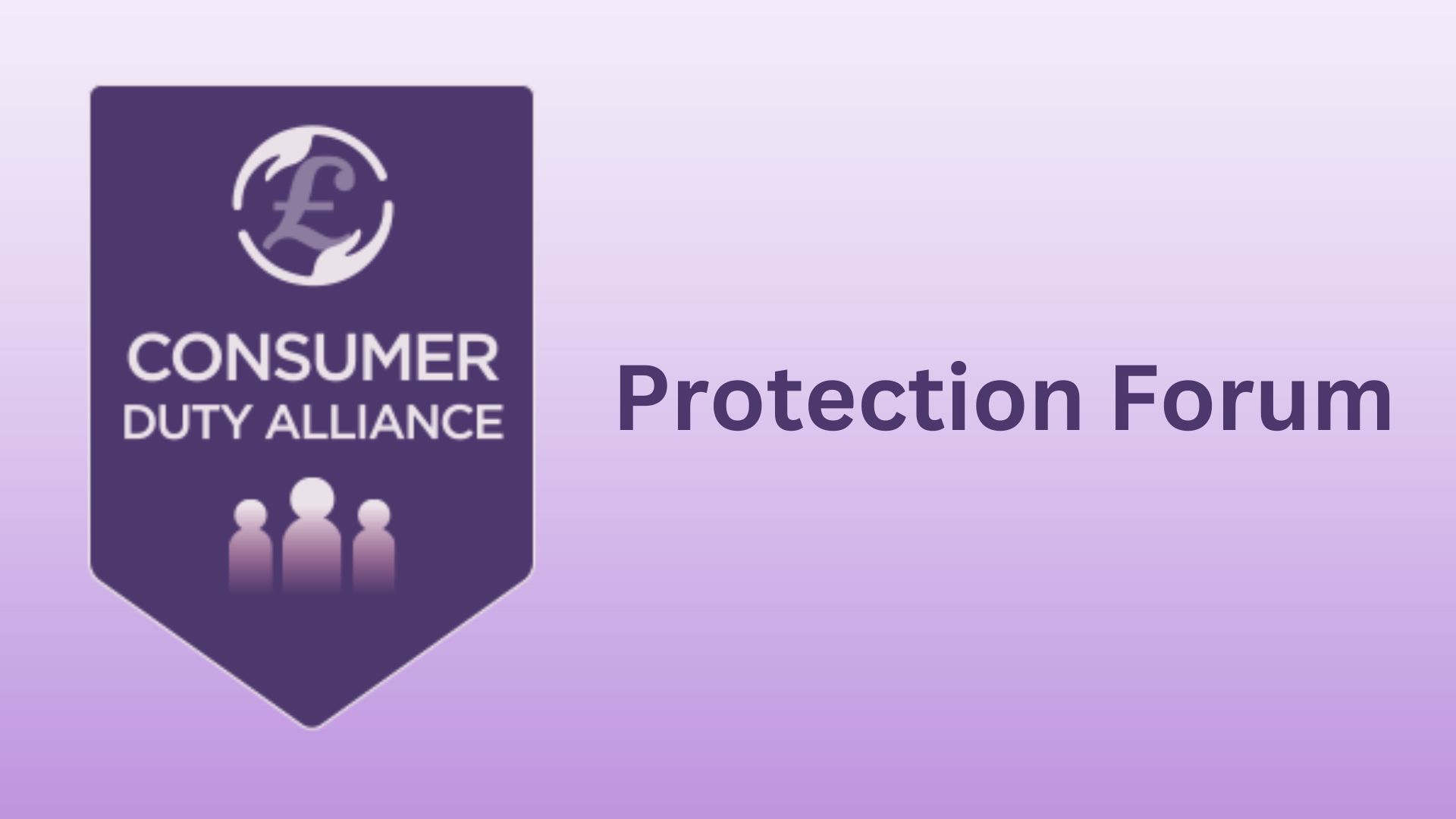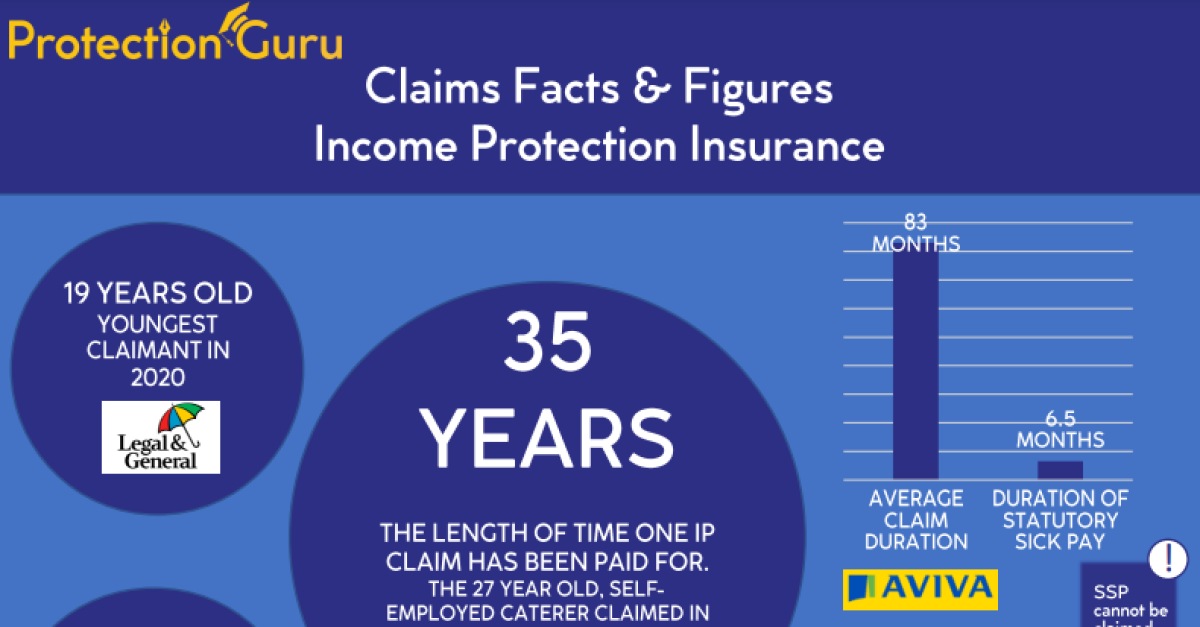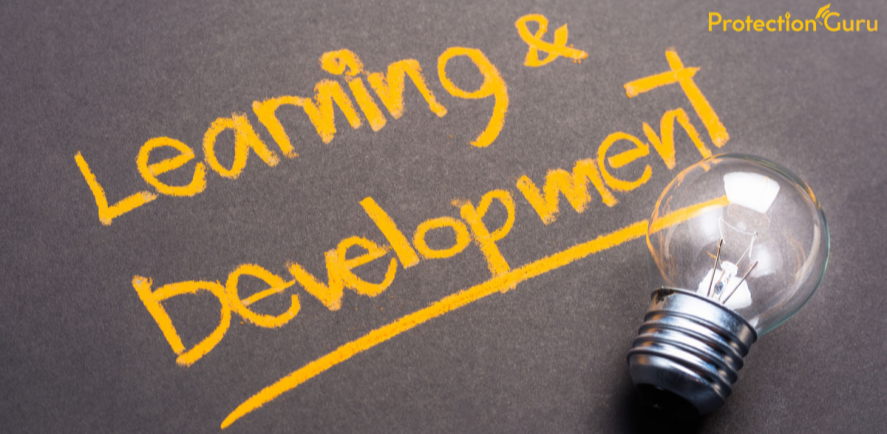
Childhood Cancer Awareness Month – Common causes of childhood mortality

In reading this article, you will understand:
- The different types of cancer that affect children
- Which critical illnesses are more likely to affect children in infancy and early childhood
- How the condition children suffer from will change as they become older
September is Childhood Cancer Awareness Month, an annual global campaign to raise awareness of childhood cancers. Here at Protection Guru, we wanted to support this initiative by asking our doctors to offer their insights into the impact that critical illnesses in children have on families, the impact on employment and the role that personal protection policies can have in helping families get through a previously unthinkable situation.
This is the first of three articles in the series, concentrating on introducing the topic of critical illnesses in children, then looking at common causes of mortality in children, per age group.
Please note: This article addresses sensitive topics related to childhood cancer and its profound impact on families. We recognise that these subjects can be deeply emotional, particularly for those who have been personally affected by childhood illness. We wanted to bring this to your attention before you continue reading.
Critical Illnesses in Children
“Mortality data offers a broader view of the most significant illnesses affecting children. Although survival rates for childhood cancers have improved significantly over recent decades, thanks to advances in treatment and early detection, cancer remains one of the leading causes of childhood mortality, particularly beyond infancy. This continued prevalence of childhood cancer highlights the need for insurance coverage that can address both the immediate financial needs of families and the longer-term implications.”
Common Causes of Childhood Mortality by Age Group
“The causes of childhood mortality vary significantly by age group.”
- Infancy (0-1 Year): “In this age group, the majority of deaths are attributed to perinatal conditions, congenital anomalies, and complications arising from premature birth. Perinatal complications refer to medical issues that occur during pregnancy, birth, or shortly after delivery. Congenital anomalies refer to structural or functional defects that develop in the fetus during pregnancy. Examples include heart defects, cleft palate, or neural tube defects like spina bifida. While cancer is a less common cause of death in infancy, it is not entirely absent and remains a concern in rare cases.”
This is especially important when discussing protection needs with parents. If they are expecting a child or have an infant, you may want to discuss the pregnancy complications and congenital complications that some insurers cover within their critical/serious illness plans.
If you’re speaking to clients who’s children are slightly older, these conditions become less relevant, as our doctors explain.
- Early Childhood (1-4 Years): “As children grow, accidental injuries and infections become an increasing cause of mortality, but cancer, particularly leukaemia, begins to emerge as a more frequent cause of death. Childhood leukaemia, though treatable, remains a leading contributor to mortality in this age group due to its aggressive nature and potential for recurrence.”
- Middle Childhood (5-9 Years): “Cancer becomes one of the leading causes of mortality during this stage, with brain tumours and leukaemia being the most prevalent types. These cancers can be particularly challenging to treat, with brain tumours often requiring complex surgery and long-term follow-up care.”
- Adolescence (10-18 Years): “In this age group, cancer continues to account for a significant proportion of deaths, particularly solid tumours such as bone and brain cancers. However, it is important to note that suicide becomes the leading cause of death in older adolescents, reflecting the growing impact of mental health issues in this age group.”
As we have seen, childhood cancer remains a significant health challenge despite advancements in treatment. The emotional and financial toll it takes on families can be immeasurable. Insurance products, such as life insurance, income protection, and critical illness cover, can provide a vital safety net during these difficult times. By offering financial support, these policies can help families focus on their child’s recovery and navigate the complex challenges associated with a cancer diagnosis.
In this series of articles, we will delve deeper into the specific implications of childhood cancer on families, including the impact on employment, and long-term care. We will also explore how the insurance industry can better address the unique needs of families affected by childhood cancer.
Recap for CPD:
- You have learnt more about which cancers children suffer from commonly during childhood.
- For further reading, please visit the following links for related articles:
- Which critical illness plans support parents when their child is hospitalised?
- Why should all parents consider children’s critical illness cover?
- How to obtain inexpensive children’s critical illness cover

















